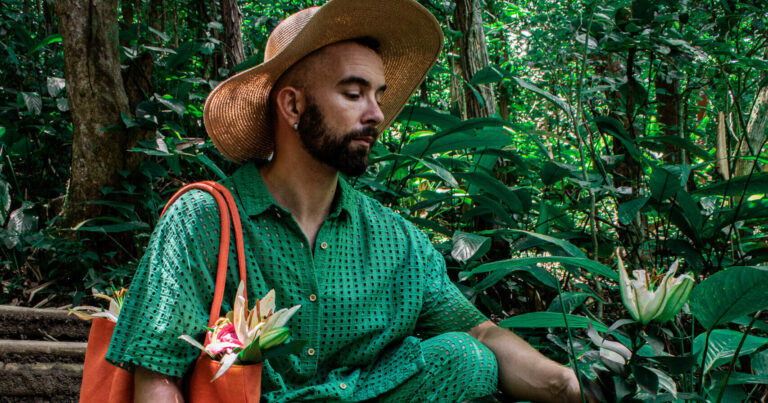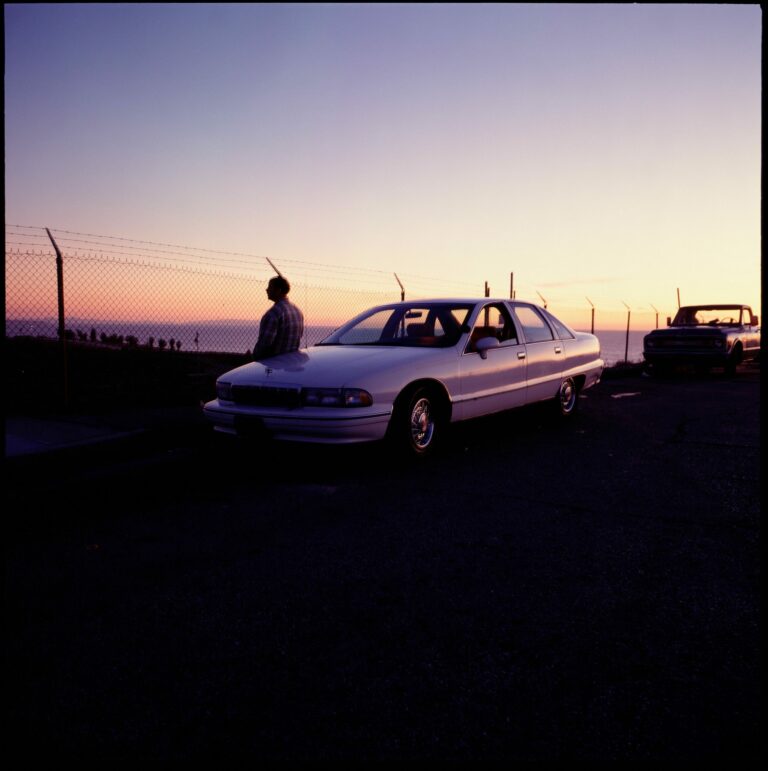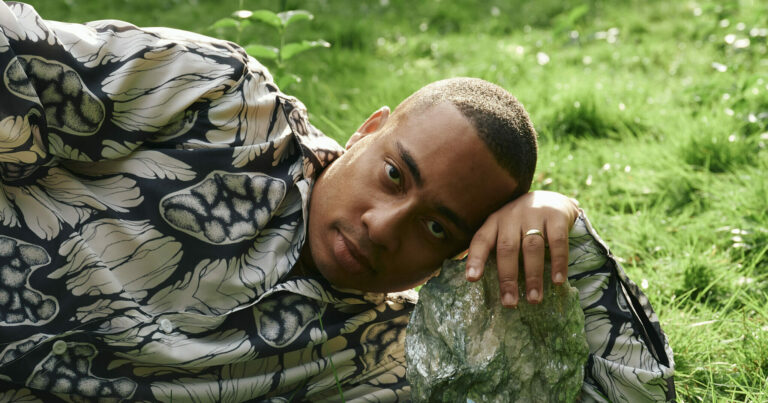In some circles the ‘80s never ended. The endearing kitsch, neon aesthetic of that immortal pop culture decade continues to burn bright, infiltrating the zeitgeist of our post-internet world with pure, reckless abandon. Nostalgia has all but become a currency, one whose lustre is all-too easy to embrace. Often empowering work that heavily relies on familiarity as a thematic and narrative crutch.
Unlike most of its contemporaries, Zelda Williams’ Lisa Frankenstein is one such nostalgia-baiting film that pulsates with authenticity and heart. Manifesting as the kind of extremely satisfying moviegoing experience that celebrates the tropes and motifs of its clear late-80s influences, while evolving them in some devilishly clever ways. Yet, at times, Lisa Frankenstein falls prey to the same shortcomings of its spiritual predecessors, relying on the very cliches and staples it vibrantly works to subvert.
Set in 1989, the story penned by Diablo Dody, centres on the woefully unpopular Lisa (Kathryn Newton), a troubled highschooler haunted by the death of her mother and her needlessly cruel stepmother (Carla Gugino). Her kind Stepsister, Taffy (Liza Soberano), and clueless father (Joe Chrest, adding to his resume of 80s dads) offer little respite. Lisa discovers that solace in a handsome Victorian corpse (Cole Sprouse) she unintentionally re-animates during a stormy night. The two quickly join arms to make him the man of her dreams, with the help of a faulty tanning bed and many a limb-lopping kill—each of which brims with oddball hilarity.
Lisa Frankenstein operates as a hearty cross between the glossy violence of Heathers and the Gothic aura of Edward Scissorhands. Tim Burton’s influence is immediately felt, with its Elfman-esque, animated title sequence vividly setting the tone for the peculiar journey to come. Cody’s script then gives way to a bloody, impassioned, and wonderfully vulgar teen rom com that is as weird as it is loveable.
It’s in its commitment to utter oddity where Lisa Frankenstein is at its most memorable, both subverting and expanding upon that cliches of its influences to reanimate a seemingly dead genre with great flair. Both its bombastic bouts of violence and its tender character moments are tinged with a loveable kookiness, lending it a personality all its own—even as it traverses moments that are overly familiar.
With each chop of the axe, coarsely attached limb, and electric needle drop, Lisa Frankenstein discovers a groove that is infectious, cultivating an identity that revels in the confines of its 80s genre exercise while luxuriating in its deconstruction. It’s a dynamic hodgepodge of styles, melding the intimate, coming-of-age sheen of a John Hughes production with the schlocky, bizzarro lens of John Carpenter. It results in a wholly dynamic experience that isn’t afraid to transition from a monochrome Lynchian dream sequence to a comically bloody slow-motion murder, to a virile organ being delicately reattached. Lisa Frankenstein is less interested in emulating its influences and more concerned with being perceived as a direct entry in the 80s teen movie canon. In looking back at a bygone era, it finds a way of being a part of it.
Yet, in some instances, it embodies that mindset too literally as it succumbs to the same tired and dated failings of its predecessors, namely in its handling of key characters. Taffy is defined by her preppy demeanour, as are her girly gaggle of friends, while Gugino’s callousness as Lisa’s stepmother labours to evolve past its inherent corniness. Cody’s script relies on each of them being one-note to drive the plot forward, resulting in an experience that becomes uncharacteristically mundane and predictable when its not pushing the envelope with its eccentricity. In being populated by dull caricatures outside of its two protagonists, the film begins to lack a pulse, with its attempts at humour struggling to keep pace like the bumbling corpse at the heart of it.
The two central performances help to dampen these narrative shortcomings. Newton is dynamic as Lisa, vibrantly capturing someone made emotionally dizzy by their sadness and longing for connection. At once, Newton taps into her detached cunning as well as her budding humanity. Sprouse injects life and charm into his loveable cadaver, crafting an unlikely romantic hero out of strained movement and rotting flesh. It’s a turn that could have easily been overdone but Sprouse knows when to shed the limelight, playing off Newton’s kinetic energy in a way that exudes chemistry.
Lisa Frankenstein does a (mostly) stellar job in treading the line between cinematic homage and pastiche, carving out an identity that is emboldened by its influences rather than being defined by them. While its weakest moments lean a tad too heavily on the narrative conventions of its 80s predecessors, Williams and Cody carve a bloody teen romance to die for—or in this case, to come back to life for.
